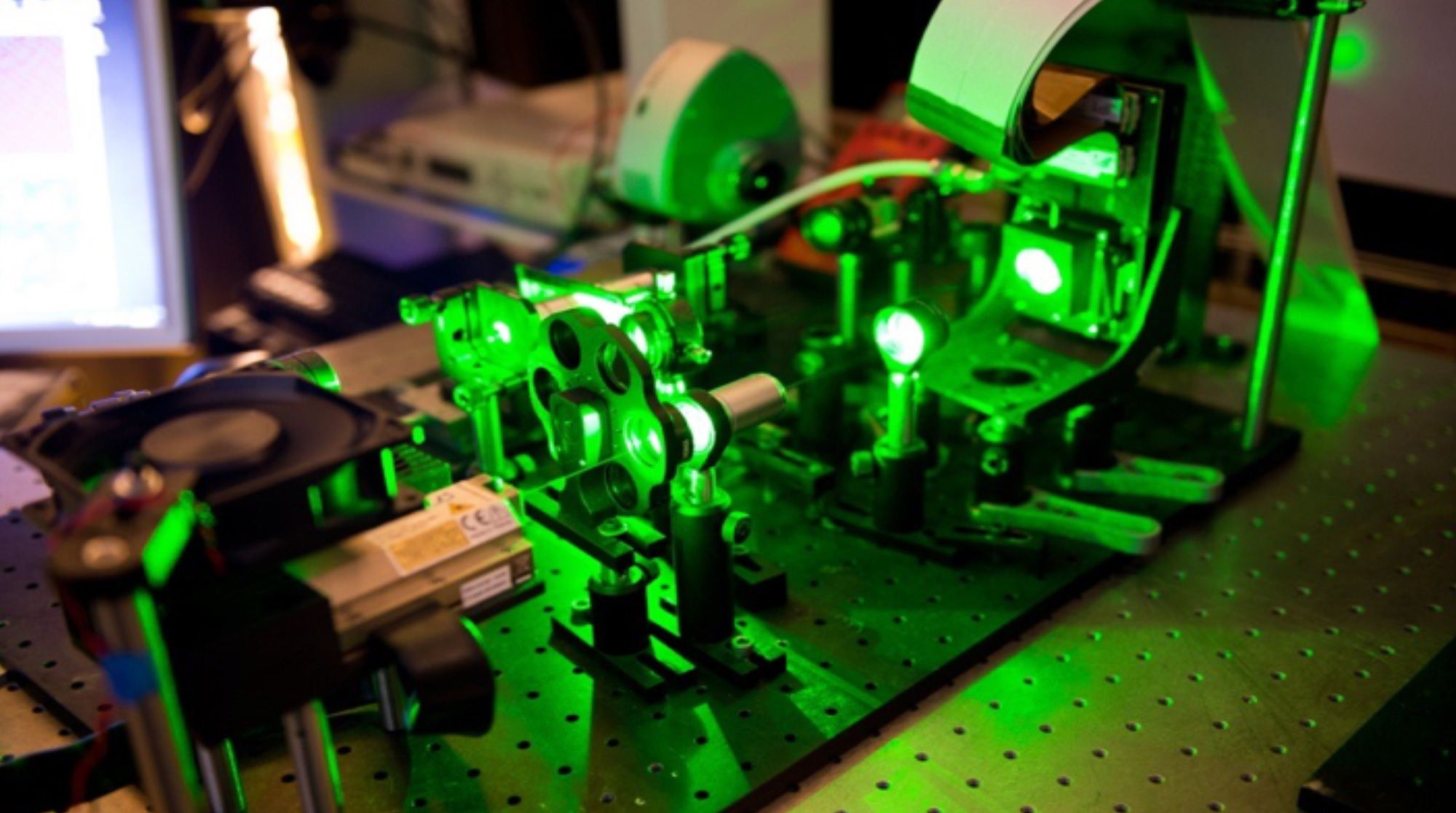Page 11022
Nov 5, 2016
Your genome could be encoded into a laser beam
Posted by Karen Hurst in categories: biotech/medical, computing
The pace at which conventional chips improve is slowing, and these startups say optical computers are the answer.
Nov 5, 2016
Is Tor Illegal? 5 Fast Facts You Need to Know
Posted by Karen Hurst in category: cybercrime/malcode
The dark web is associated with drug dealing, criminal schemes and hacking. But there are legitimate reasons why people use…
Nov 5, 2016
AI takeover: Google’s ‘DeepMind’ platform can learn and think on it’s own without human input
Posted by Karen Hurst in categories: information science, robotics/AI

AI good for internal back office and some limited front office activities; however, still need to see more adoption of QC in the Net and infrastructure in companies to expose their services and information to the public net & infrastructure.
Deep learning, as explained by tech journalist Michael Copeland on Blogs.nvidia.com, is the newest and most powerful computational development thus far. It combines all prior research in artificial intelligence (AI) and machine learning. At its most fundamental level, Copeland explains, deep learning uses algorithms to peruse massive amounts of data, and then learn from that data to make decisions or predictions. The Defense Agency Advanced Project Research (DARPA), as Wired reports, calls this method “probabilistic programming.”
Nov 5, 2016
Can you make a material that doesn’t react to heat? USC research team thinks so, and is proving it
Posted by Karen Hurst in categories: 3D printing, neuroscience, security
I see many uses of this material already in security, defense & intelligence, devices and energy related products, etc. Contracts as it heats up.
Qiming Wang’s team designed a unique manufacturing technique using 3D printing.
Nov 5, 2016
DARPA Ups Funding For Autonomous Electronic Warfare Work « Breaking Defense
Posted by Karen Hurst in categories: military, robotics/AI
This is what scares me; autonomous warfare.
WASHINGTON: DARPA is taking another step toward building autonomous electronic warfare systems with a small contract award to BAE Systems.
Artificial intelligence and autonomy loom large in the Pentagon these days. And electronic warfare, much more quietly, dominates a great deal of thinking across the services these days after we’ve watched how the Russians operate against Ukraine and in Syria. So DARPA’s additional $13.3 million award announced today is worth noting.
Continue reading “DARPA Ups Funding For Autonomous Electronic Warfare Work « Breaking Defense” »
My suggestion to FB; learn from Microsoft.
We dug through 50+ job postings and new hire resumes looking for the truth.
Nov 5, 2016
DARPA Aims to Create Armies of ‘Insect Allies’ to Protect Crops Worldwide
Posted by Karen Hurst in categories: biotech/medical, food
A new DARPA program is poised to provide an alternative to traditional agricultural threat response, using targeted gene therapy to protect mature plants within a single growing season.
DARPA proposes to use a natural and very efficient two-step delivery system to transfer modified genes to plants; insect vectors and the plant viruses they transmit.
In the process, DARPA aims to transform certain insect pests into “Insect Allies,” the name of the new program.
Continue reading “DARPA Aims to Create Armies of ‘Insect Allies’ to Protect Crops Worldwide” »
Nov 5, 2016
I-Team: Nuclear reactor test in Nevada could make a Mars trip reality
Posted by Klaus Baldauf in categories: nuclear energy, space
This story may sound like the plot of a science-fiction movie.
Next year, a team of top scientists will hunker down inside a classified facility in the Nevada desert so they can experiment with a piece of advanced technology.
The test will focus on a small nuclear reactor and if it works as planned, it could be a huge step toward putting humans on Mars.
Continue reading “I-Team: Nuclear reactor test in Nevada could make a Mars trip reality” »
Nov 5, 2016
Co-discover of Metallic Hydrogen wrote paper on metallic hydrogen for rockets
Posted by Klaus Baldauf in categories: particle physics, space travel
On October 5th 2016, Ranga Dias and Isaac F. Silvera of Lyman Laboratory of Physics, Harvard University released the first experimental evidence that solid metallic hydrogen has been synthesized in the laboratory.
It took 495 GPa pressure to create. The sample is being held in the cryostat in liquid nitrogen.
Atomic metallic hydrogen, if metastable at ambient pressure and temperature could be used as the most powerful chemical rocket fuel, as the atoms recombine to form molecular hydrogen. This light-weight high-energy density material would revolutionize rocketry, allowing single-stage rockets to enter orbit and chemically fueled rockets to explore our solar system. To transform solid molecular hydrogen to metallic hydrogen requires extreme high pressures.
Continue reading “Co-discover of Metallic Hydrogen wrote paper on metallic hydrogen for rockets” »

















